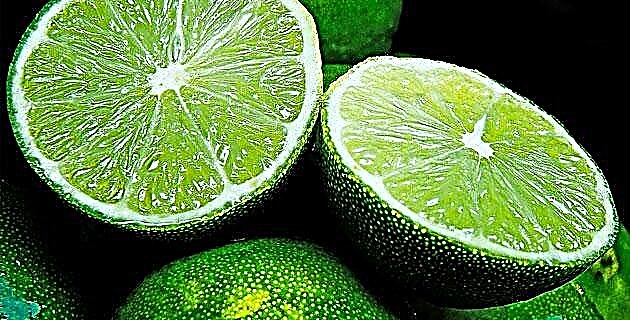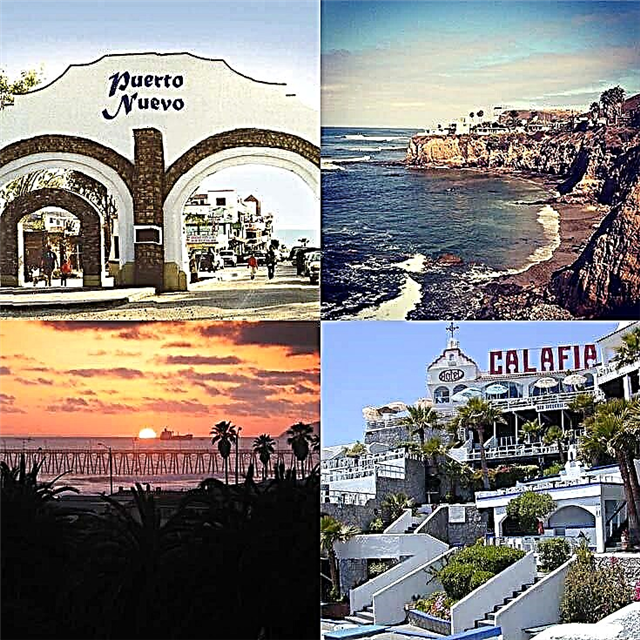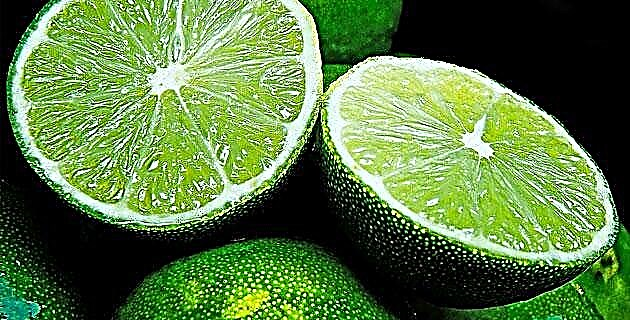
One of the characteristic fruits of the region that has earned a well-deserved international fame is the “Colima lemon”. It is a variety of acid lime that, without being native to America, is botanically registered as Mexican lemon (Citrus aurantifolia, S.)
Its presence in this part of the country dates back to the seventeenth century, a time when scurvy forced the captains of ships to collect the precious fruit. In 1895 it was already cultivated in the municipalities of Comala and Tecomán, and it was exported monthly to San Francisco, California. In those distant years of the end of the 19th century, the farmers and businessmen of Colima waited impatiently for the construction of the railway, the only hope of improving the state's economy.
The first lemon crops that can already be considered commercial, began in the twenties of our century, in the farms of Nogueras, Buenavista and El Banco, located in the municipalities of Comala, Cuauhtémoc and Coquimatlán.
To the extent that irrigation canals were built in the Tecomán valley during the 1950s, lemon production increased, mainly with industrialization in mind. In those years, the citrus growers union bought machinery in the United States and signed a contract with Golden Citrus Juices Inc. of Florida, for 200 thousand gallons of lemon juice and essential oil, which ensured its production. The packing houses first, and later the industries, multiplied. At that time, the territory of Tecomán was considered "the world capital of lemon."
Currently other varieties of lemon are harvested, such as Persian, and according to INEGI records, 19,119 hectares are dedicated to this crop, of which 19,090 are irrigated and only 29 are rainfed. The state of Colima ranks first in the production of this citrus.
Lemon is processed in different industries to produce a wide range of products, such as essential oil and different juices, whose variant of clarification by means of an ultrafilter at the molecular level to eliminate all solids, is preferred in England for its transparency, pleasant smell and bright color. Furthermore, the peel is used to obtain pectins or to make jams, after dehydration or blanching of the peel. Finally, the packing houses, where the lemon is prepared in fruit for the national and international market, cannot be omitted.
Everything is usable from lemon: an oil can be obtained from the leaves, as they do in Italy, and as for the wood, perhaps it could be useful, because the large amount of oils it contains make it an excellent fuel. it burns like tinder! In general, these products are used by the food industry. The lemon selected in the packinghouses is also prepared for export to the United States, Canada and South America.
Today the panorama is different for the lemon and for the loons. Currently, its cultivation has become a generator of sources of work, since it includes tasks such as planting and maintenance of orchards, harvesting, packaging and industrialization, trade in agricultural and industrial machinery, manufacturing of packing boxes, transportation, etc. ... All this It represents an important complex of the regional economy, especially because of the foreign exchange generated by its commercialization and exportation.
It is not strange, then, that in this corner of the country the lemon has been called “the green gold”.











